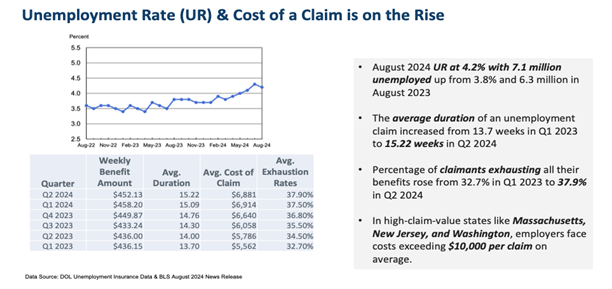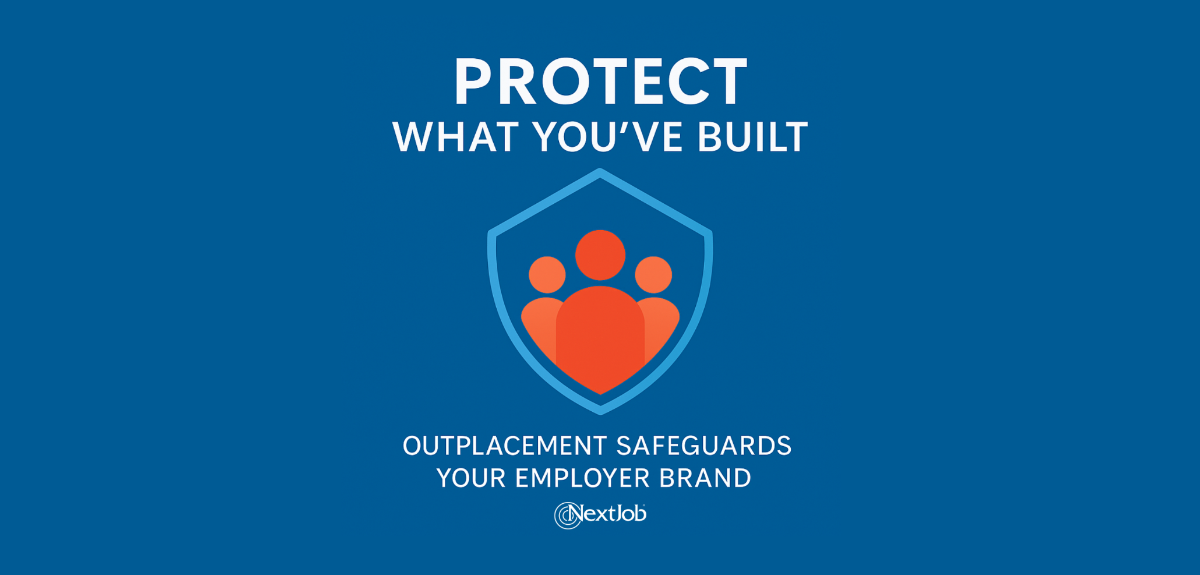
5 Critical Job Search Networking Truths

Half of all job openings are “hidden”; that is, they’re not listed anywhere. Instead, they’re filled through networking, word-of-mouth and direct contact with job seekers. This is why building your brand online and putting it to work for you can mean the difference between finding a job and finding your “dream” job.
You’ve heard it said, “It’s not always what you know, it’s who you know.” It’s also who you can get to know. There is truth in these statements, especially in finding your next job, and there are some good reasons for it.
It’s the same reason employers ask for professional references. Hiring managers want to know who you are, who you know, and that you share their core values.
If you know someone in their network, it's as if you have already had an initial interview. The hiring manager can rely on your network contact's recommendation to go to the next step.
Fortunately, your network may be even bigger than you think and it’s important to connect with the right people, in the right way, so they can connect you with the right jobs.
Here are the 5 critical truths to networking your way to your next job:
- Don’t be antisocial: Use all of your networks, both personal and online social networks whenever possible. LinkedIn is especially important for establishing and nurturing business relationships.
- Be a job-stalker: Evaluate what you want in an employer, what you value, and the best cultural fit for you and follow companies that interest you. Connect with their recruiters, key players, associates and company websites.
- Rub some elbows: Seek out professional opportunities to meet these key players in person whether through mutual connections or local industry events.
- It’s who you know: Don’t be afraid to ask existing contacts for introductions to make new contacts. You never know where a new connection will lead. Try out asking insiders for time to share their experiences in an informational interview but don’t be pushy – keep it informational.
- Make it snappy: Develop and refine the elevator pitch for your personal brand and build your own personal commercial.
For a limited time, job seekers can visit us at https://nextjobcom.webflow.io/nextjob-scholarships-recent-grads for free access to our jobseekers toolkit where they can create their own job search plan.








